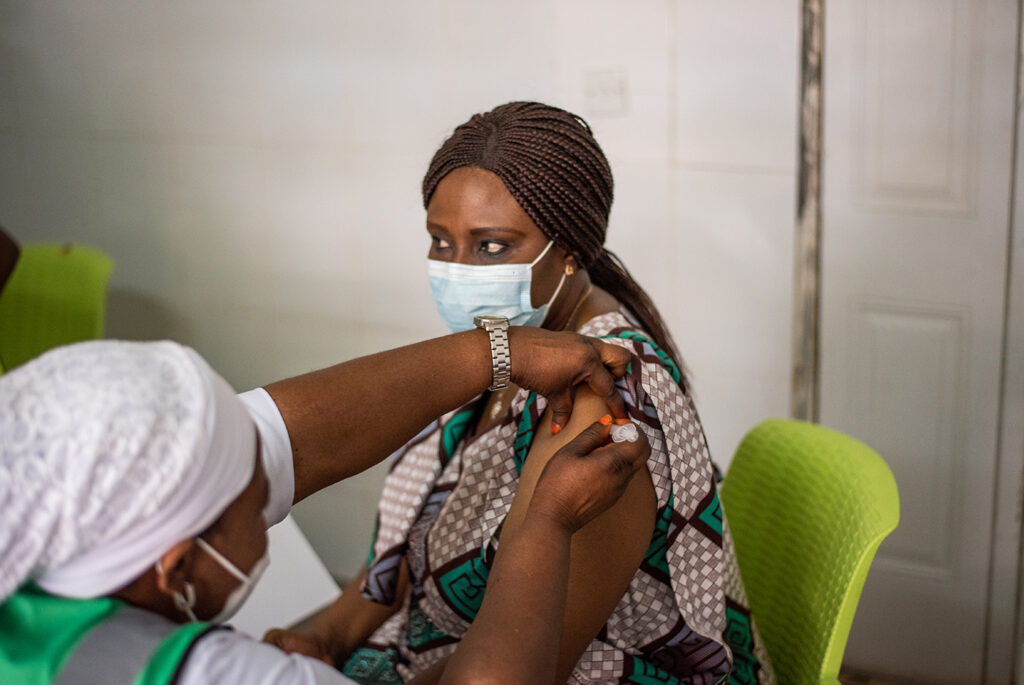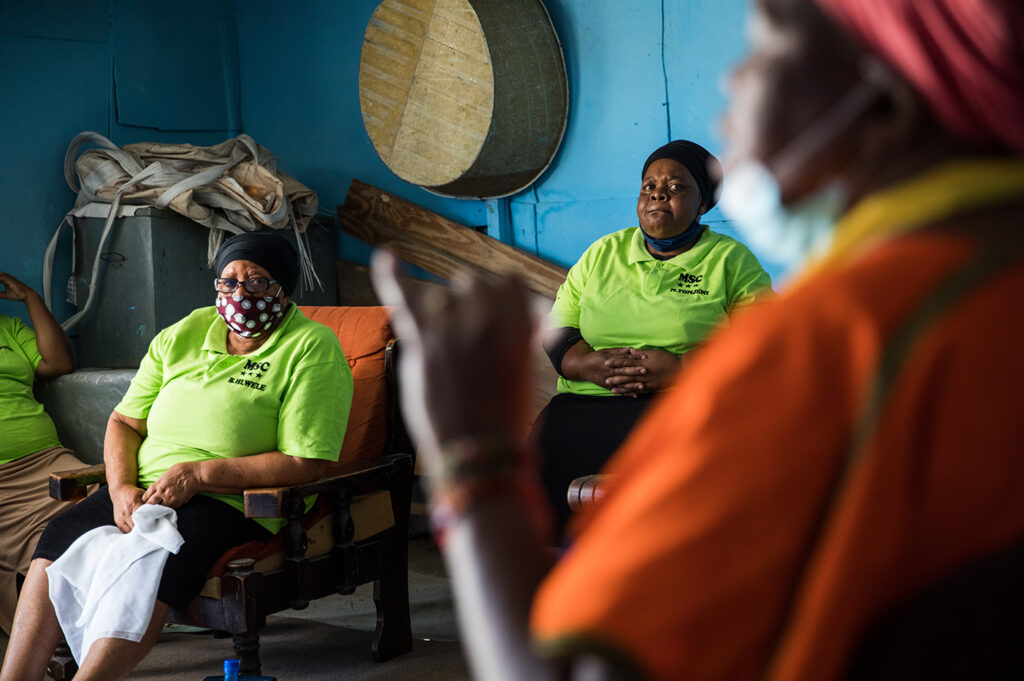We’re excited to share a recent conversation we had with Dr. Scott Dowell, a leader in the Gates Foundation’s COVID-19 response efforts. Scott is a specialist in pediatric infectious diseases and spent more than 20 years with the CDC where he worked on disease surveillance and outbreak response. Each week, Scott and other experts brief Bill and Melinda Gates and senior staff on what is happening globally with the pandemic. We are sharing the latest from those briefings with you.
You joined our Gates Philanthropy Partners webinar session back in July and left us with a statement that resonated with many who joined: “I think we’re going to see science come through in the next few months…and we’re going to see good news about vaccines.” So, first, thank you for giving us some hopeful news then. Can you share your perspective on the vaccines available today?
Well, science did come through in the end. I want to take a moment to acknowledge just how incredible of an achievement this truly is.
Having two effective vaccines through trials and beginning roll-out within a year here in the U.S. and in a few other countries is incredible. It’s also a testament to the importance of investing in research and development like the Gates Foundation has done for the past 20 years.
The mRNA vaccines that were developed by Pfizer-BioNtech and Moderna were a decade in the making, which allowed researchers to step in quickly once the coronavirus genome was shared around this time last year.

What about roll-out of the vaccines?
In terms of the roll-out, we’re all reading the news about how it’s slower than anticipated. Roll-out is an enormous orchestration requiring incredible logistics, particularly given the cold chain requirements and training for some of the vaccines. The world has never had to quickly vaccinate billions of people. When we think about the existing organizations like UNICEF, the WHO, and Gavi that are critical partners in getting vaccines to prevent polio, diphtheria, and other diseases to countries around the world, they are primarily focused on children under 14 in about 70–100 countries, depending on needs. That’s maybe 25 percent of the population — and that costs billions of dollars and requires incredible coordination.
What I’m worried about — and what we’re focused on in our work at the foundation is roll-out in low-and-middle income countries. The two vaccines we have in the U.S. are quite expensive, which essentially make them off limits to many countries. We do have the Oxford-AstraZeneca vaccine coming online, which is less expensive at about $4 per dose compared to about $30 per dose for Moderna’s. India’s Serum Institute is producing this vaccine under the name CoviShield. And, we’re seeing a number of countries purchasing the Sinopharm and Sinovac vaccines from China, but we have less data on those.
It will be a moral and global health failure if countries in Africa and South Asia are left behind in being vaccinated.
Dr. Scott Dowell
Currently, we anticipate it will take until 2023 or 2024 to vaccinate (all?) low-income countries. That is simply not fair and it’s also a problem for all of us. The virus will continue to circulate as we await vaccines. For those who do get vaccinated, we don’t have the data yet to know how long you’re protected and if you’re able to still transmit the virus. As travel eventually opens back up, that means lives will still be at risk as billions of people await vaccination.
Should we be concerned about variants?
Yes and no. No, in the sense that we expect viruses to mutate. I just had a great talk with Trevor Bedford at the Fred Hutchinson Research Center here in Seattle. He and his team are tracking the genetic strains of the virus and mapping them on Nextstrain, which is great resource.
Yes, because we’re seeing that the B.1.1.7, which was discovered in UK is perhaps 50–60% more infectious. A more infectious strain is concerning because it means more people get sick and need care. Unfortunately, we know that means mortality also increases when more people are sick.
We’re now seeing variants from South Africa, Brazil, Germany, and even within the U.S. We will start to get a picture in the next several weeks of how these mutations impact severity of disease, vaccines, and the limited number of existing treatments.

There may be some good news here though. Even if these variants decrease the efficacy of our current vaccines, the high efficacy rates — from 70–90% efficacy with AstraZeneca to 95% plus efficacy with Moderna and Pfizer means that we could still have decent protection. We’ll need time to understand that better. In the meantime, we need to continue our focus on rolling out vaccines and doubling-down on investments in R&D as we’ll need to continue learning about this virus.
It also means we need to stay vigilant with our public health measures. Keep wearing your mask and social distancing — even if you’ve been vaccinated. We’re still in the thick of this. Things will get better, but we likely have a few months before we start to see some changes in our trajectory.

